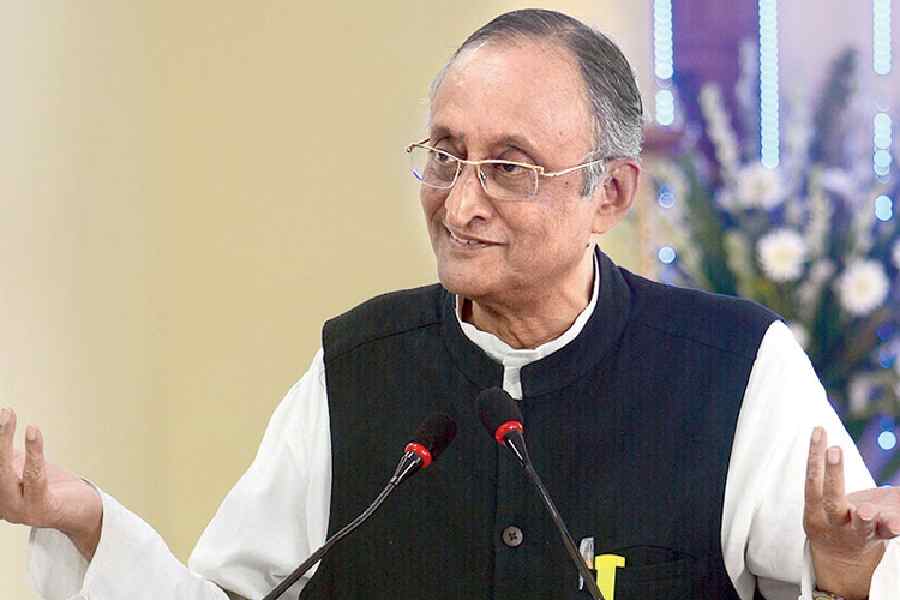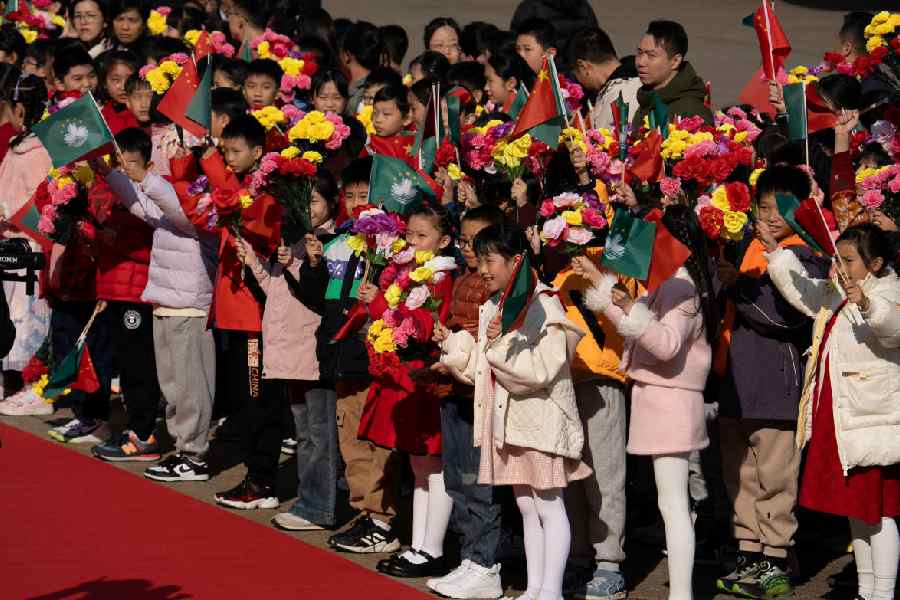Amit Mitra, principal chief advisor to Bengal Chief Minister Mamata Banerjee and the state’s finance department, has highlighted the importance of human capital in stoking demand and ensuring economic growth.
Instead of a “top-down” approach of cutting taxes on corporations to create investment and demand, he said Bengal’s approach has been to focus on human capital development coupled with growing capital expenditure.
“For every 1 Dollar invested in human capital, the return added to GDP is 11.39 Dollars. Therefore, investing in human capital is what Bengal has done,” Mitra said at a summit organised by Bengal Chamber of Commerce and Rising Asia Foundation on Friday.
As part of the initiative to create human capital, the state government had established 905 new primary schools, 6,000 upper primary schools, 747 secondary schools, 2096 higher secondary schools, 52 new government colleges, 543 private colleges, and 30 polytechnics, he said.
In 2020, there were 33,000 seats for engineering students. Mitra said the state had added 11,000 seats in the last four years.
Mitra said that despite the cuts in corporate taxes at the national level, investments by the private sector did not happen at the pace that was expected. “Bengal has gone for a bottom-up policy which is different from the Centre’s,” he said, adding that the state’s unemployment rate has been lower than the national average.
Mitra also said that the state’s capital spending had increased from ₹2,226 crore in 2010-11 to a budgeted amount of ₹35,865.55 crore in 2024-25.
Mitra also expressed confidence that states in eastern India, particularly Bengal, with its policies are expected to grow faster compared with states in south and west that contribute around 31 per cent and 22 per cent of the GDP at current prices respectively.
“There is a movement elsewhere after a certain level of development, because comparative advantage of those areas begin to develop.”
MSME lending
Lenders in Bengal are expected to overshoot the target of ₹1.53 lakh crore set for credit to the MSME sector in FY25. Credit flow to the sector amounted to ₹1.42 lakh crore in FY24.











